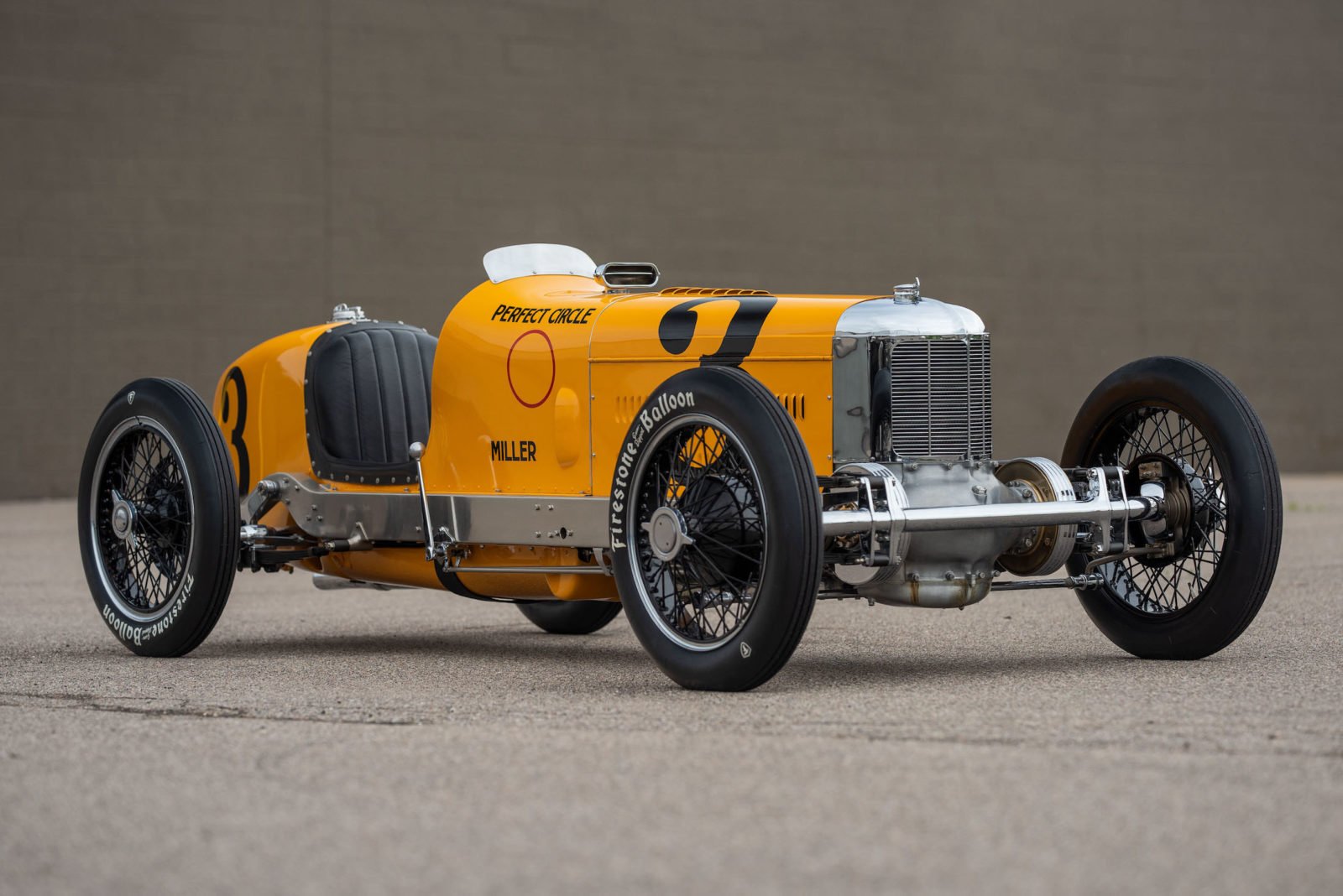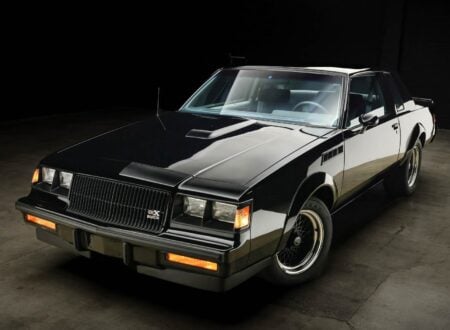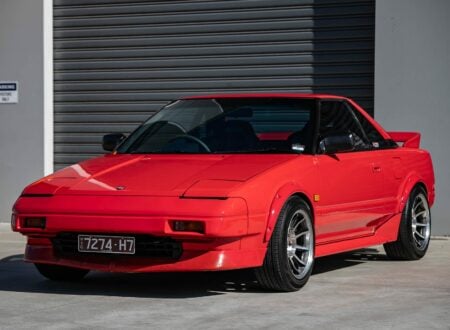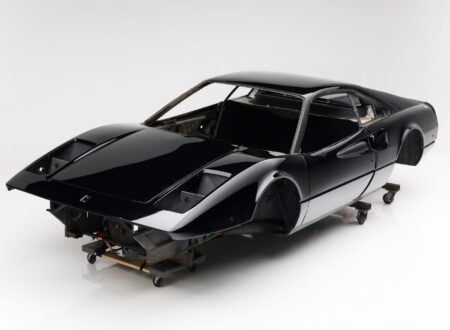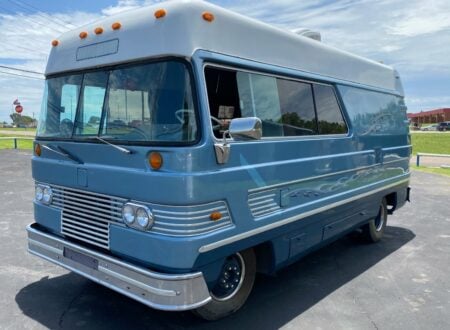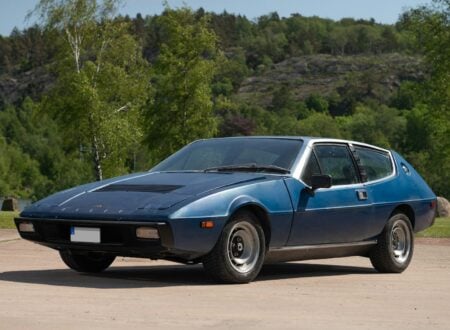This is the Miller 91 Supercharged Front Drive “Perfect Circle” Indianapolis, an extraordinary vehicle developed by Harry Miller – a man now widely regarded as the greatest American race car designer of the 20th century.
The Miller 91 is powered by an advanced double overhead cam inline-eight cylinder engine with a supercharger that’s capable of 250 bhp at 8,000 rpm – astonishing figures by the standards of the 1920s.
Fast Facts – The Miller 91 Front Drive
- Harry Miller left school early and never received formal engineering training, despite this he became one of the most influential and successful American racing car and racing engine designers of the 20th century.
- Cars designed by Miller and his team won the Indianapolis 500 10 times, other cars that were powered by Miller (or Miller-based Offenhauser) engines won the race another 29 times. On top of that Miller cars won 43 National Championships.
- The Miller 91 was developed from an almost blank slate to meet the new 91.5 cubic inch (1.5 liter) engine displacement limit for 1926. The straight-eight engine has DOHC, a supercharger, up to 250 bhp at 8,000 rpm and both front and rear wheel drive versions were built.
- The front-wheel drive Miller 91 you see here is powered by the 1927 AAA National Championship-winning 91 engine, and it would go on to win the Indianapolis 500 in 1930 with Billy Arnold at the wheel.
Harry Miller – An American Eccentric Genius
Griffith Borgeson called Harry Miller “The greatest creative figure in the history of the American racing car” – while that may initially seem like hyperbole, the more you learn about Miller the more sensible the quote becomes.
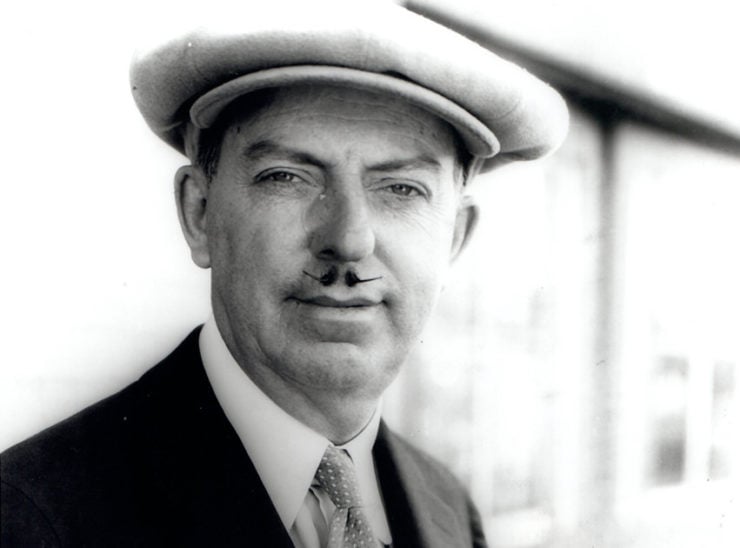

Harry Miller was born Harold Arminius Miller in 1875 Menomonie, Wisconsin. He left school as soon as he could and pursued his passion for the brand new world of automobiles. Within a few short years he was living in California running his own carburetor manufacturing company, and in this capacity he developed a number of carburetor-related patents.
By the 1910s Miller’s shop had expanded its operations to working on race cars, including those built by Duesenberg and Peugeot. It was here that he’s said to have developed an intimate understanding of advanced overhead cam engine design – something that would greatly influence his own engine designs in the future.
Over the course of the 1910s and 1920s Harry Miller would design a number of remarkable, race winning engines working side-by-side with chief machinist Fred Offenhauser and talented draughtsman Leo Goosen.
By the 1920s Miller’s engines were utterly dominant in American racing, so much so that the rules were changed more than once in the hopes of giving other manufacturers a chance to win, or at least place in the top 10.
Once such rule change occurred in 1926 when the engine displacement limit was changed to 91.5 cubic inches or 1.5 liters. Miller developed a new straight-eight engine with double overhead cams, hemispherical combustion chambers, a supercharger, and all alloy construction for low weight.
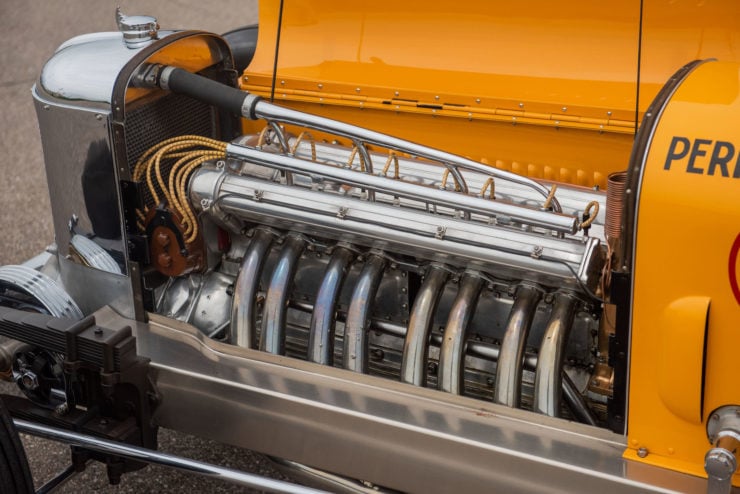

This 1.5 engine was as intricate as any Swiss watch, early versions developed 150 bhp but later examples are said to have exceeded 250 bhp at 8,000 rpm.
Miller-developed cars won the Indianapolis 500 a total of 10 times, other cars that were powered by Miller (or Miller-based Offenhauser) engines won the race another 29 times on top of that. Miller cars also won a total of 43 National Championships.
In the 1930s Miller partnered with an up and coming automotive designer named Preston Tucker. The two men worked together on Indianapolis 500 race cars and on an unusual vehicle called the Tucker Combat Car that was intended for military use.
Miller died in 1943, leaving behind a legacy that few in automotive history could ever hope to match – on either side of the Atlantic.
The Miller 91 “Front Drive”
The Miller 91 was designed from the outset to have both front and rear wheel drive versions. Miller was a big fan of front wheel drive as is allowed the car to be significantly lower, as there was no driveshaft running under the driver to the rear axle.
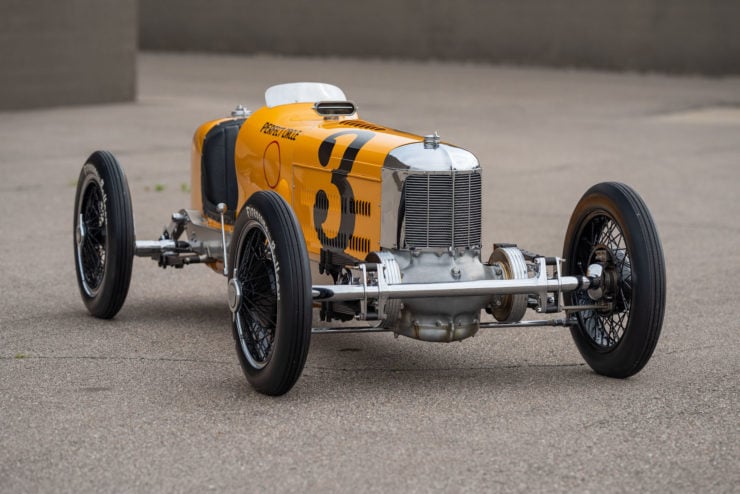

He also believed that front wheel drive helped with high speed cornering on oval tracks and he may have been onto something, as his cars took the top step on the podium at the Indianapolis 500 a number of times.
The Miller 91 is fitted with a large rear fuel tank directly behind the driver, the seat is just 18 inches wide so driver size and weight was a significant factor, and both versions of the car had a front mounted 1.5 liter Miller straight-eight.
The front wheel drive version essentially had the engine installed backwards, with the gearbox at the front sending power into the front differential.
The few surviving examples of the Miller 91 are now almost all in museums, there’s one in the Smithsonian and another in the Indianapolis Motor Speedway Hall of Fame Museum. It’s exceedingly rare to see them come up for sale on the open market and when they do they typically change hands for the better part of $750,000 USD.
The Miller 91 “Perfect Circle” Shown Here
The car you see here is a significant Miller 91 for a number of reasons, it was originally bought by the legendary Pete DePaolo in 1927 who promptly won the 1927 AAA National Championship with it.
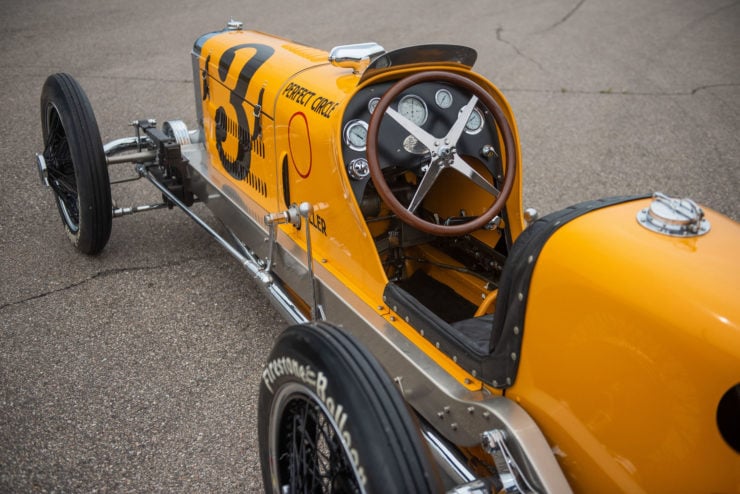

It was later sold on and modified to meet the new regulations, including the fitment of a new Miller 122 engine, bored out to 151 cubic inches. Billy Arnold drove this car to a win in the Indianapolis 500 in 1930 and won the National Championship with it in the same year.
The car suffered a couple of on track mishaps requiring repairs but it was still racing at Indianapolis into the late 1930s, finishing on the podium in 3rd place in 1937. The car was retired in 1939 and its history may have ended there but for the fact that avid Miller collector and historian Chuck Davis acquired it.
Over many years Davis was able to secure a slew of important parts for the car including the original engine as raced by DePaolo in 1927. The car has now been restored back to its 1927 specification and it’s now due to roll across the auction block with RM Sotheby’s later in August with a price guide of $700,000 – $850,000 USD.
If you’d like to read more about this Miller 91’s extraordinary history or register to bid you can visit the listing here.
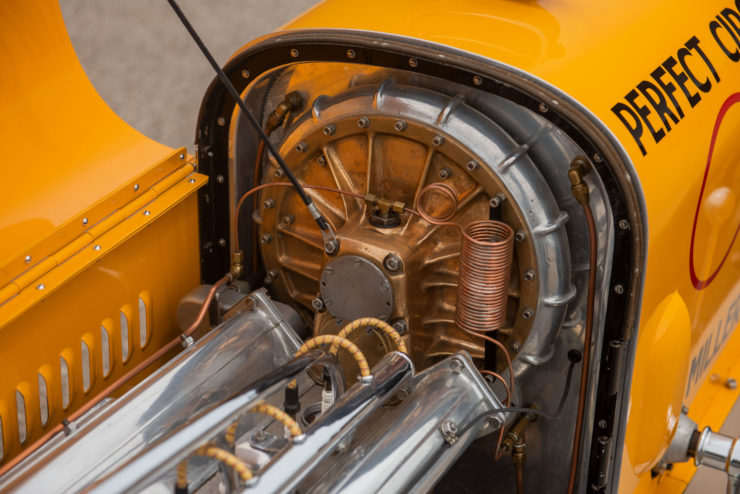
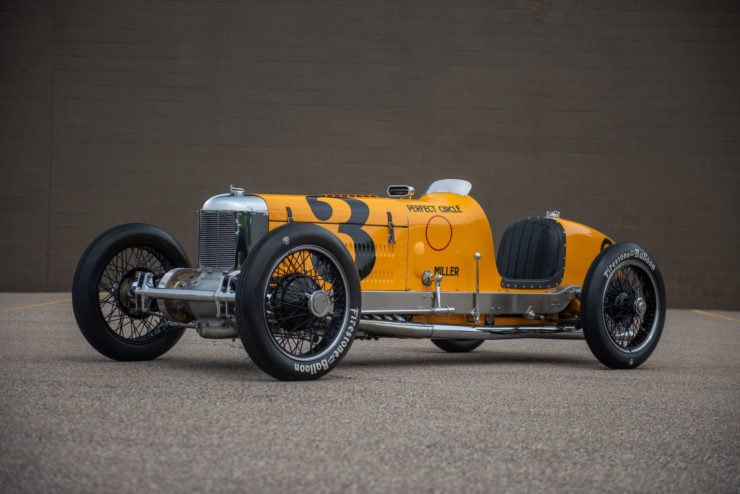
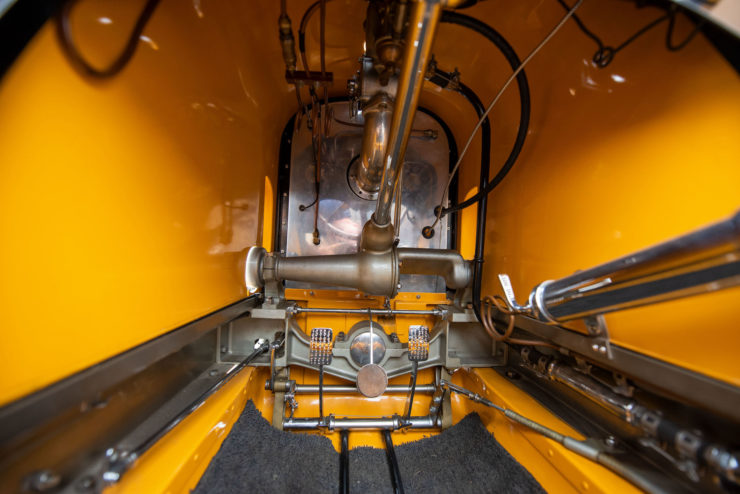
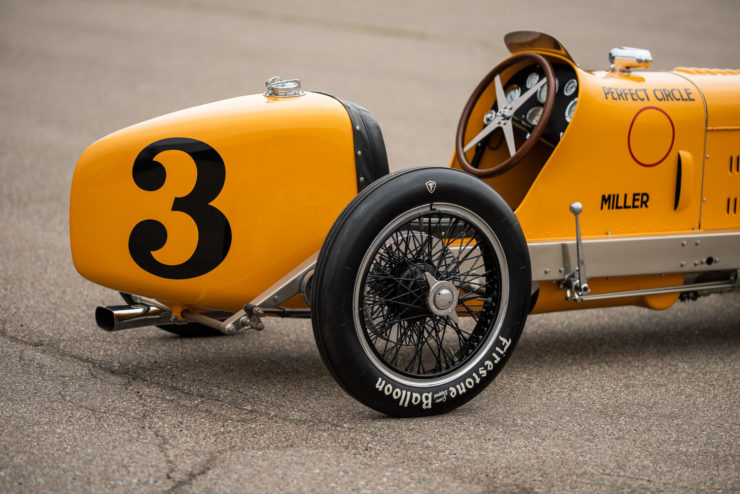
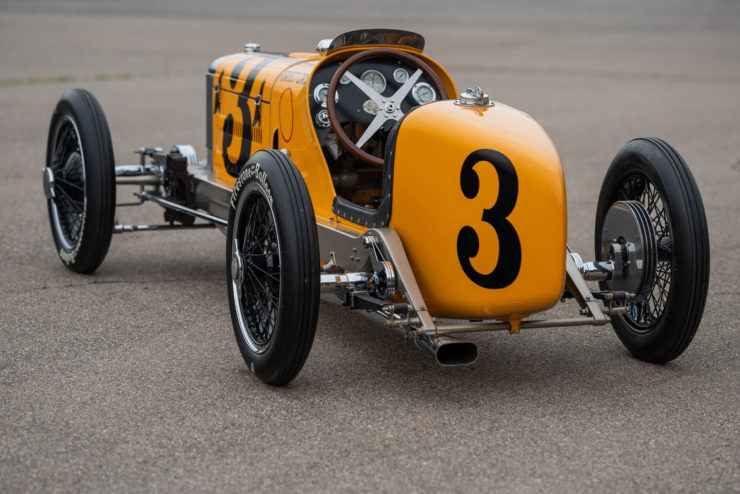
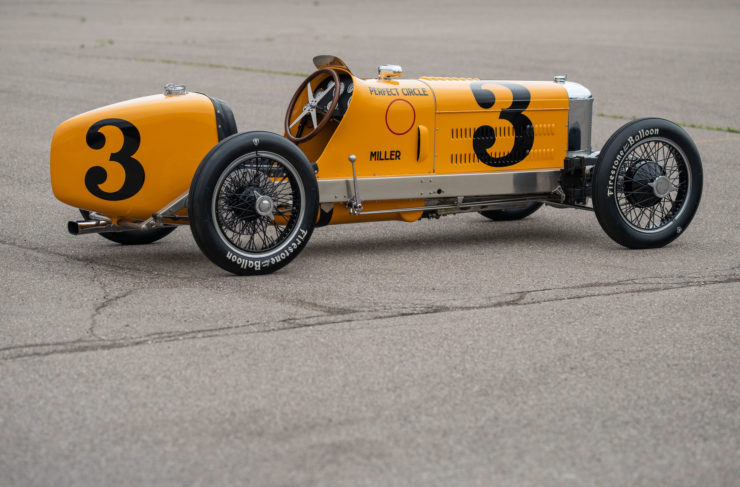
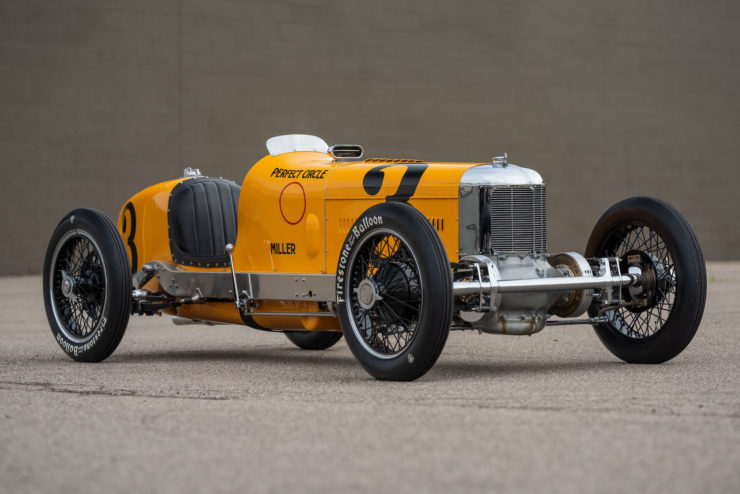
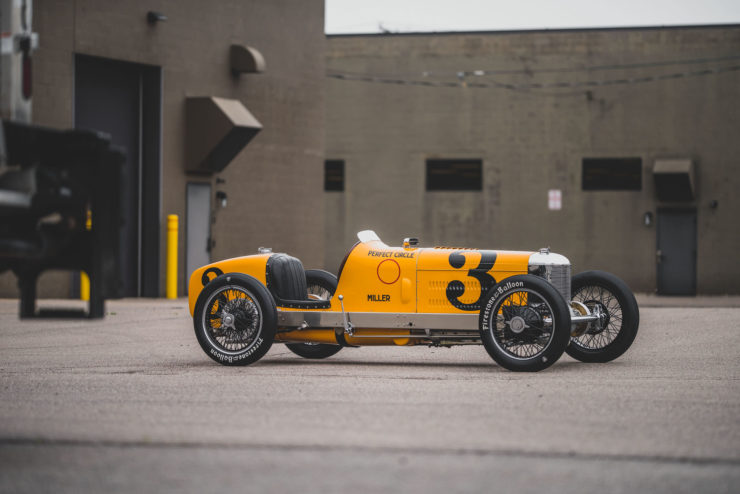
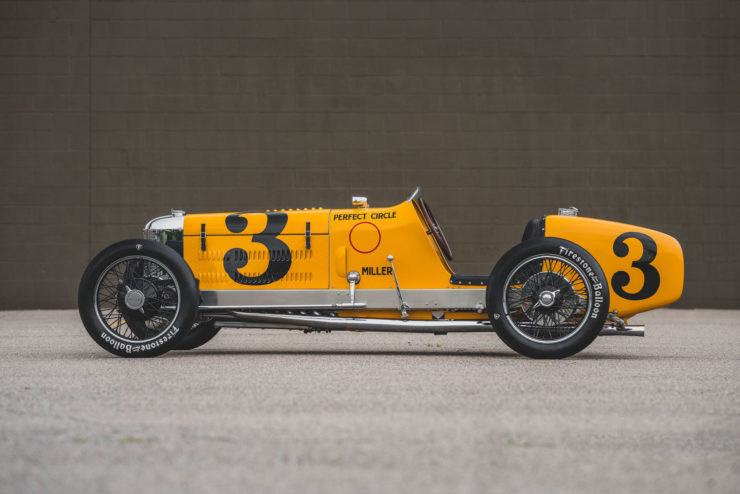
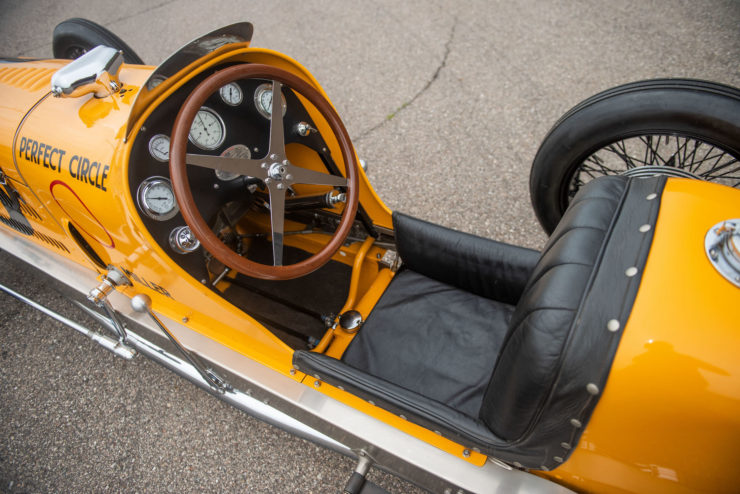
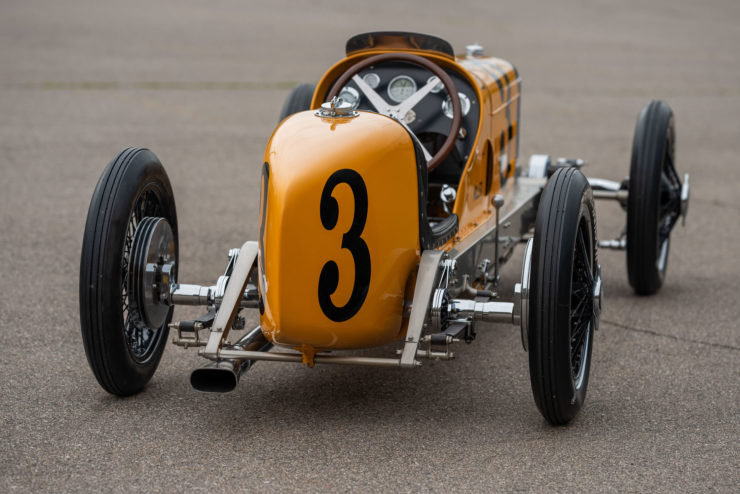
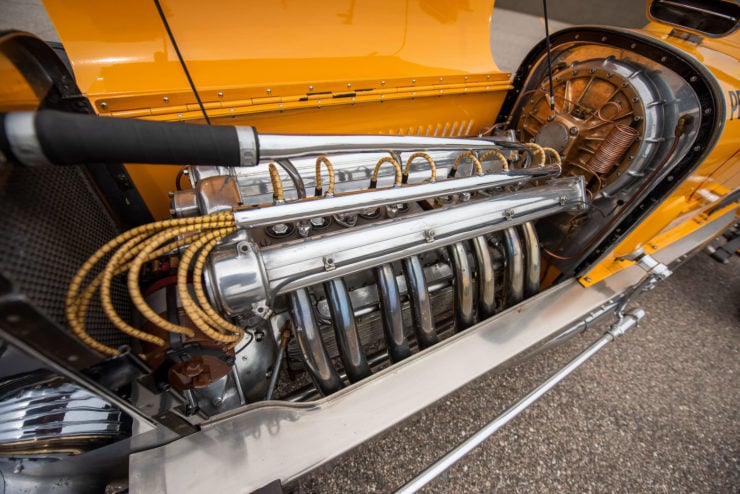
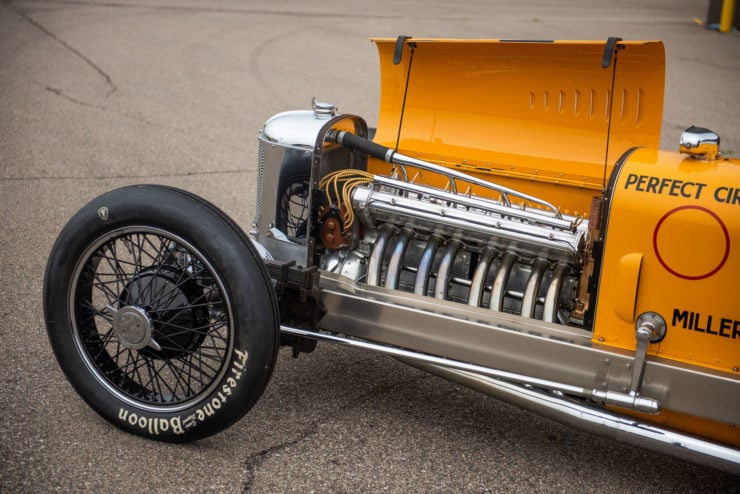
Images courtesy of RM Sotheby’s

Articles that Ben has written have been covered on CNN, Popular Mechanics, Smithsonian Magazine, Road & Track Magazine, the official Pinterest blog, the official eBay Motors blog, BuzzFeed, Autoweek Magazine, Wired Magazine, Autoblog, Gear Patrol, Jalopnik, The Verge, and many more.
Silodrome was founded by Ben back in 2010, in the years since the site has grown to become a world leader in the alternative and vintage motoring sector, with well over a million monthly readers from around the world and many hundreds of thousands of followers on social media.

